
Humans are deeply sensory beings. Our surroundings do more than just serve practical functions—they profoundly shape our mental and emotional well-being. Among the myriad elements that impact how we feel at home, texture stands out as a subtle yet powerful influence. From the calming matte surfaces, to the luxurious embrace of velvet, and the grounding authenticity of natural fibers, textures aren’t only decorative — they are therapeutic.
This blog explores the fascinating ways in which soft textures like mattes, velvets, and natural fibers directly contribute to mental wellness at home. Drawing from psychology, neuroscience, design philosophy, and cultural contexts, we’ll see why these materials offer more than aesthetics—they offer holistic nurturing of the mind and soul.
The Science of Touch and Mental Wellness
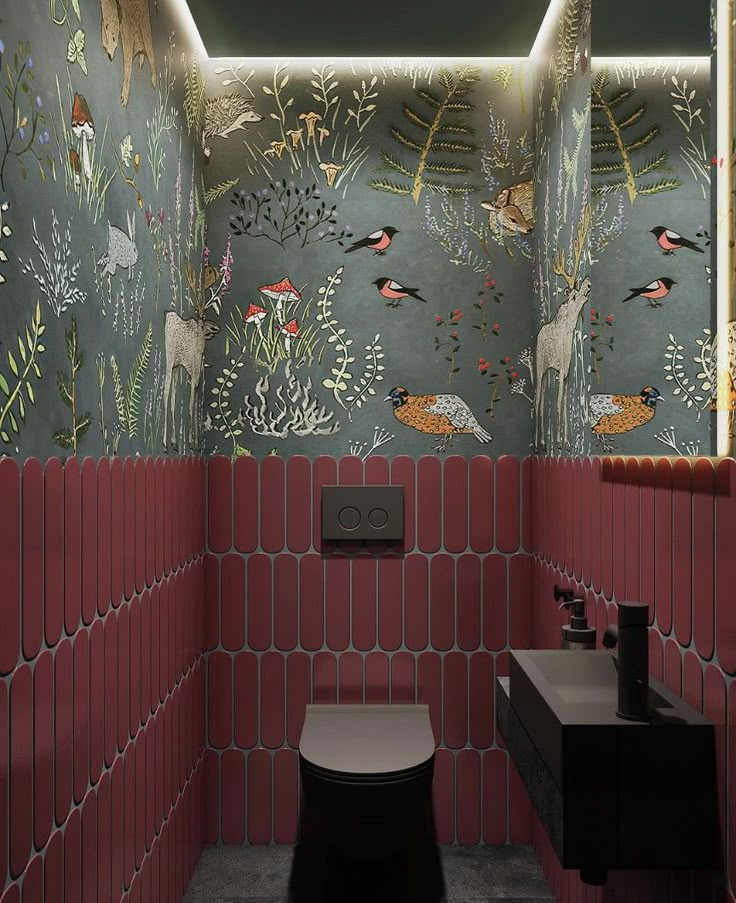
Touch: The Early Sense
Touch is the first sense humans develop even in the womb. It continues to shape comfort and connection throughout life. Neuroscientific studies indicate:
- Activation of Sensory Pathways: Soft textures stimulate tactile receptors that trigger calming brain responses.
- Release of Oxytocin: Gentle touch and pleasant textures encourage oxytocin release, promoting relaxation and reducing anxiety.
- Sensory Integration: Positive tactile experiences help coordinate emotional and cognitive processing, improving mood regulation.
Skin-Brain Connection
Our skin is connected directly to neural pathways associated with emotion, learning, and memory. Textures can evoke memories, calm stress, and even promote better sleep—a major pillar of mental health.
Mattes: The Unspoken Calm
Matte finishes may be visually understated, but their psychological impact is profound.
Visual Comfort and Reduced Overstimulation
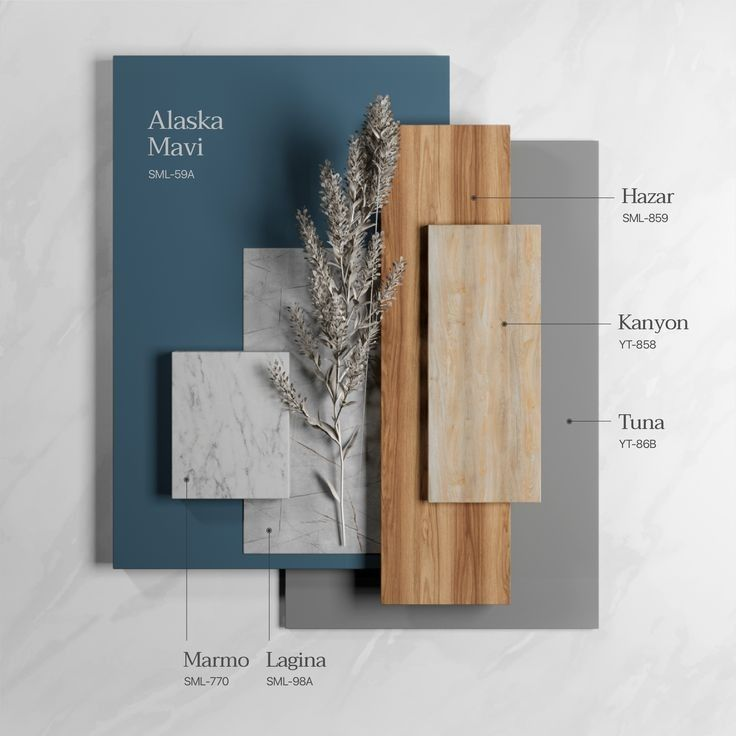
Glossy and reflective surfaces can create visual “noise” through glare or contrast. Mattes reduce this overstimulation:
- Soft Light Diffusion: Matte surfaces scatter natural and artificial light softly, reducing harsh reflections.
- Calming Effect: The reduced visual intensity helps settle the mind, especially valuable in overstimulating urban environments.
Textural Warmth
Many matte surfaces—notably those with slightly rough or tactile finishes—invite touch, engaging the senses gently. From painted walls to matte ceramic tiles, they create spaces conducive to contemplation and mindfulness.
Velvet: The Fabric of Comfort and Luxury
Velvet’s rich, plush softness is synonymous with decadence in homes—but beneath its sumptuous surface lies deeper psychological value.
Sensory Indulgence
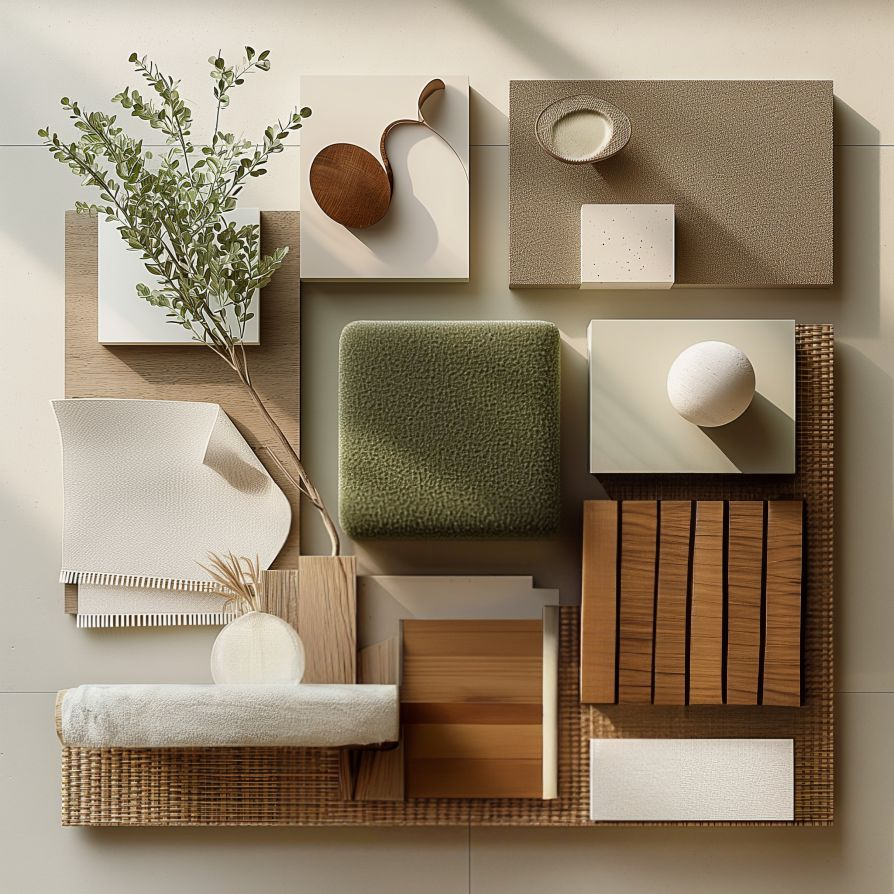
The dense pile of velvet provides a complex tactile experience: smooth, deep, and almost therapeutic under the fingers.
- Tactile Grounding: When anxious or scattered, running hands over velvet upholstery or throw pillows provides a physical anchor.
- Emotional Connection: Velvet evokes warmth and security; many associate it with comfort and safety from childhood environments.
Visual Depth and Mood
Velvet fabrics absorb light, deepening color saturation without glossiness.
- Warmth and Intimacy: Rich jewel tones or muted colors in velvet envelop spaces, making rooms feel cocooning.
- Mood Enhancement: Such textures are often used in spaces designed to relax (reading corners, bedrooms), improving affective states.
Natural Fibers: Authenticity and Grounding
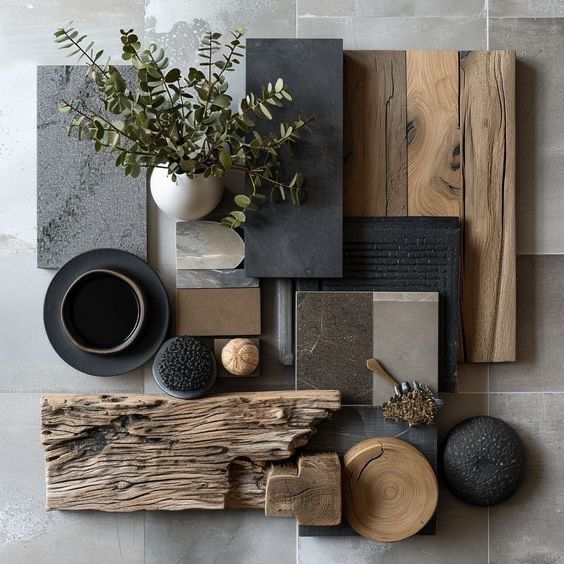
From cotton to jute, linen to wool, natural fibers bring organic imperfection and tactile richness into homes — important in a world dominated by synthetic, glossy materials.
Connection to Nature (Biophilia)
Natural fibers evoke forests, meadows, and oceans—connecting inhabitants to Earth.
- Stress Reduction: Exposure to natural materials reduces blood pressure and cortisol (stress hormone).
- Mental Restoration: Biophilic design theory highlights natural materials as crucial for cognitive recovery and focus restoration.
Textural Variety
Natural fibers are inherently uneven, textured, and warm. When woven into rugs, curtains, cushions, or upholstery:
- Invitation to Touch: These tactile contrasts develop sensory awareness.
- Visual Comfort: Subtle variations soothe eyes tired by digital screens.
Sustainability and Satisfaction
Natural fibers generally have lower embodied energy and biodegradability — reinforcing a sense of meaningful living and emotional satisfaction.
Practical Incorporation of Soft Textures for Wellness
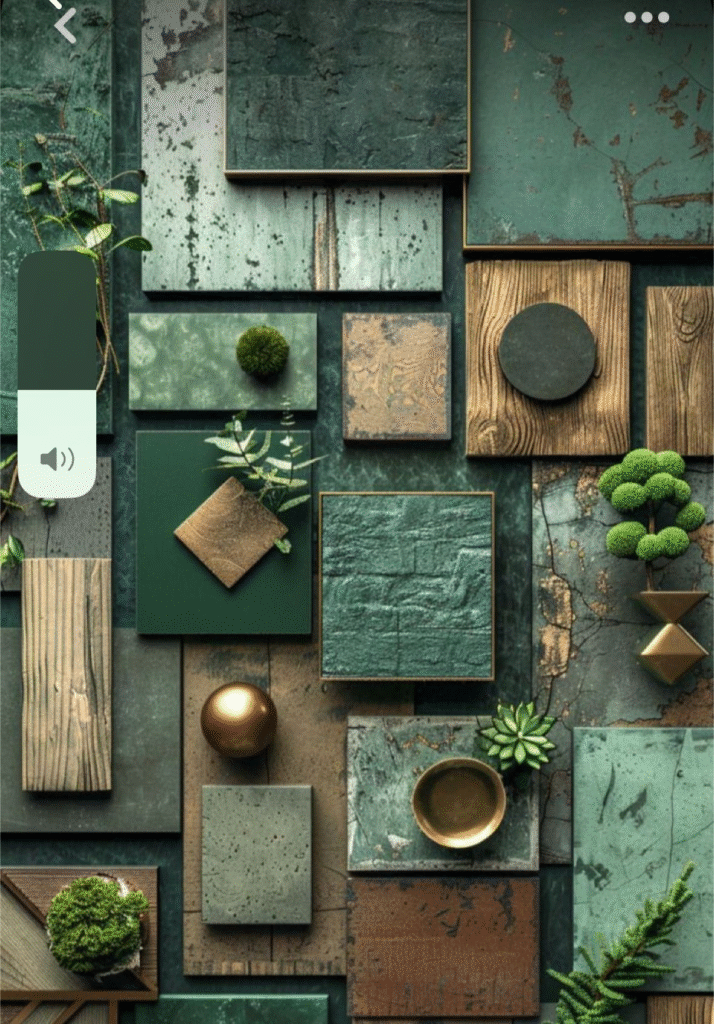
Mattes
- Walls and Ceilings: Choose matte paints in calm hues to set a serene base.
- Decor: Matte ceramic vases, planters, and tableware offer tactile beauty with practical use.
- Flooring: Matte-finished wooden floors or tiles reduce glare and enhance grounding.
Velvet
- Furniture: Add velvet cushions or an armchair for sensory comfort.
- Bedding: Velvet pillows and throws enhance sleep environments.
- Drapery: Velvet curtains deepen room intimacy without overwhelming light or color.
Natural Fibers
- Rugs: Jute or wool rugs provide warm underfoot texture.
- Throws and Blankets: Cotton or linen throws layered for tactile variety.
- Curtains and Upholstery: Linen drapes filter light softly while adding texture.
- Wall Hangings: Macramé or woven fiber art to engage touch and visual calm.
Cultural and Historical Contexts
Soft textures have been valued universally, yet uniquely expressed culturally.
Indian Context
- Traditional Fabrics: Silk velvet and cotton handlooms (Khadi, Chikankari) connect to heritage.
- Ritual Significance: Textiles in puja spaces and homes contribute to sensory rituals that soothe and focus.
- Regional Variations: Jute and wool in Himalayan homes provide insulation and comforting texture in cold climates.
Global Traditions
- Japanese minimal interiors prize matte surfaces and tactile wood grain.
- Scandinavian hygge embraces layering wool, linen and velvet to craft intimate safe spaces.
- Middle Eastern cultures use plush velvet cushions in majlis seating for communal comfort.
Case Studies & Research Findings
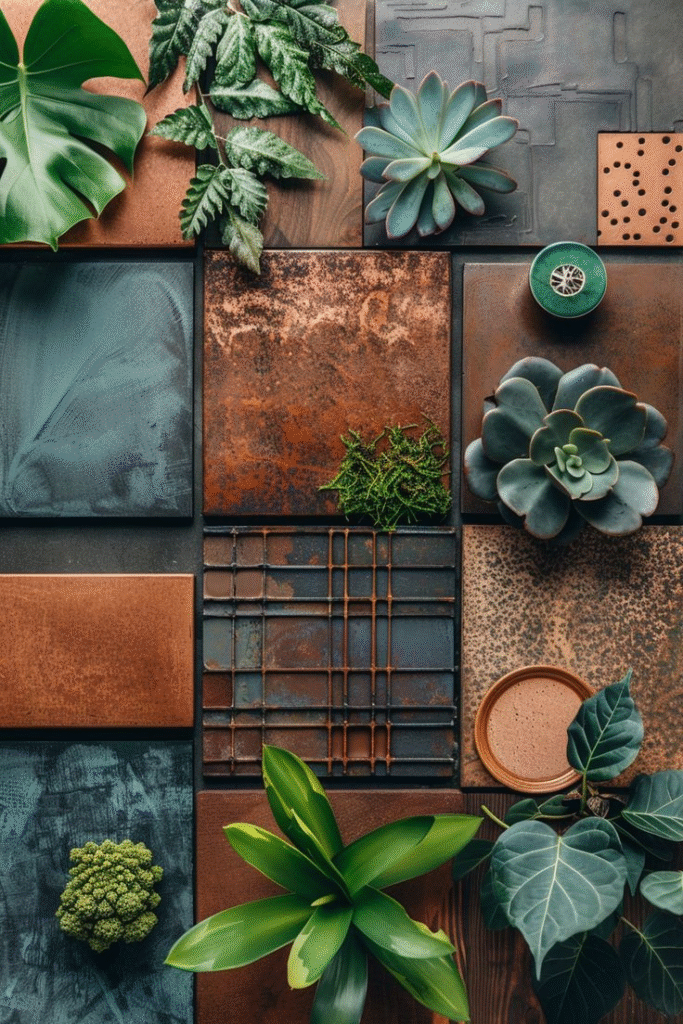
Psychological Effects of Velvet Touch
A 2021 study in the Journal of Environmental Psychology found that velvet upholstery in social spaces increased feelings of warmth and trust among occupants by 25%.
Mattes and Cognitive Function
Research in architectural design confirms matte surfaces in classrooms and workplaces reduce eye strain and improve concentration.
Natural Fiber Impact
The Biophilic Design Report highlights that households which increase natural fiber surfaces experience 30% fewer self-reported stress symptoms.
DIY and Commercial Products to Enhance Soft Texture Wellness
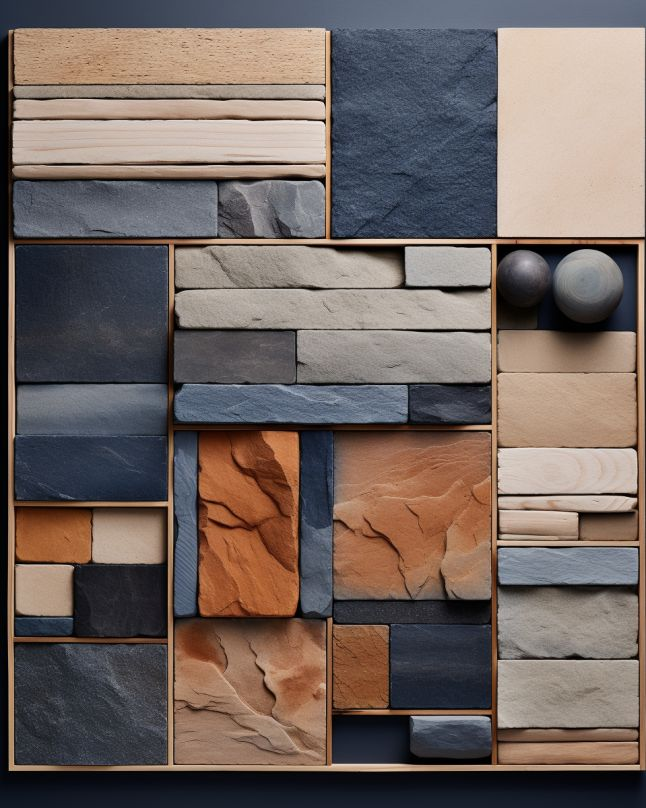
- Patterned cotton throws from Indian artisans.
- Velvet cushion covers for easy seasonal warmth.
- Matte ceramic planters for indoor gardens.
- Wool or jute floor mats sourced from sustainable cooperatives.
- Matte wall paint kits with natural pigments.
Challenges and Misconceptions
- Maintenance Concerns: Velvet and natural fibers require specific cleaning protocols to preserve softness.
- Cost Myths: While premium velvets and organically produced fabrics can be pricey, affordable alternatives abound.
- Overuse: Balance is key—too much softness without contrast can create sensory dullness.
Designing for Multi-Sensory Wellbeing
Ideal wellness-focused interiors integrate texture with color, scent, light, and sound. Complement soft textures with natural lighting, calming colors, and aromatherapy (sandalwood, jasmine) for holistic environments.
Future Trends in Textural Wellness
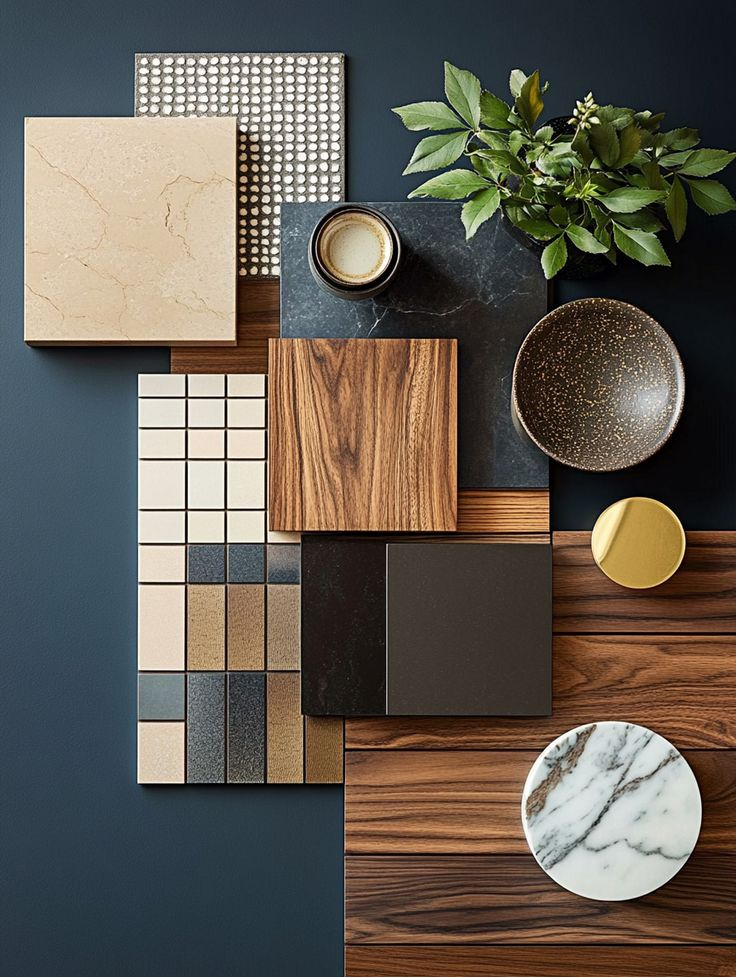
- Textile innovation merging velvet feel with stain resistance.
- Matte paints with added tactile qualities.
- Hybrid natural fibers blended with recycled synthetics to enhance durability.
- Smart textiles responding to temperature or touch for adaptive comfort.
Practical Tips for Incorporating Soft Textures Today
- Identify texture “zones” in your home (bedroom, meditation corner, lounge).
- Layer multiple soft textures to create tactile interest.
- Choose muted matte backgrounds with velvet or fiber pops.
- Prioritize sustainable sourcing.
- Regularly care and rotate textile decor for sensory refreshment.
Conclusion: The Healing Power of Soft Surfaces
Soft textures aren’t just decorative indulgences but deeply woven into our sensory and emotional lives. Mattes, velvets, and natural fibers invite touch, calm senses, enhance mood, and connect us to nature and tradition. Especially in today’s fast-paced, screen-dominated homes, these materials offer refuge—a soft embrace for mental wellness.
Design your home not just to look beautiful but to feel healing. Surround yourself with surfaces that nurture your mind quietly, warmly, and profoundly. Because true luxury is the texture of peace.
